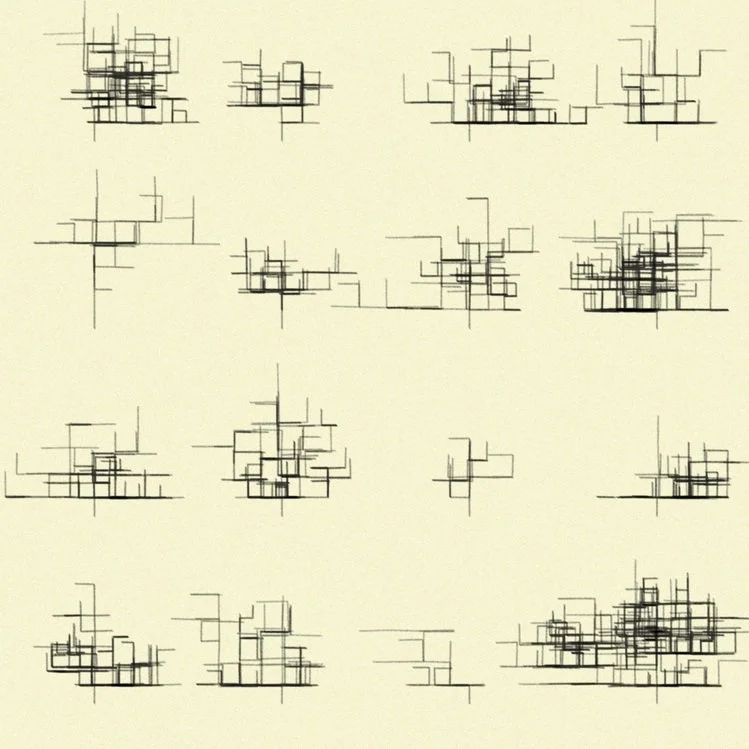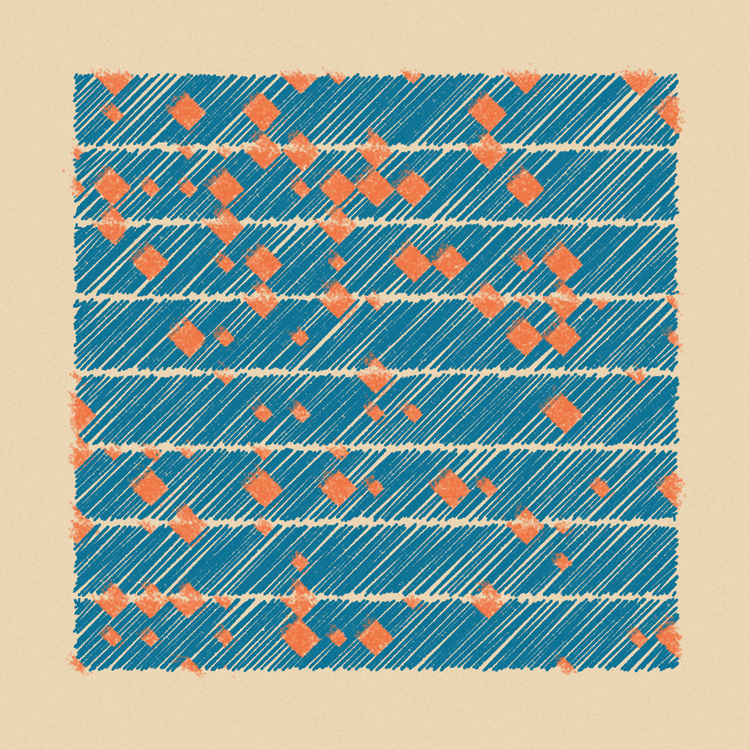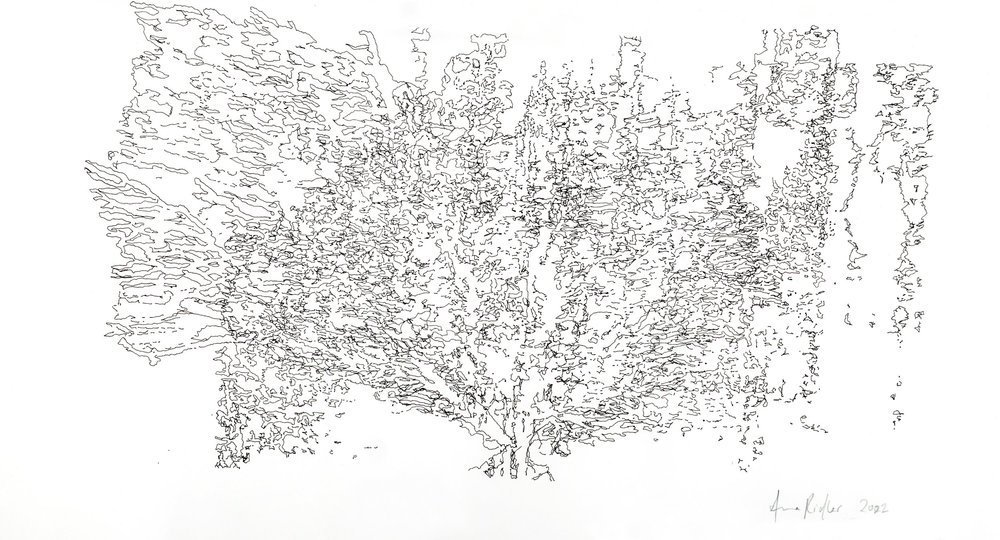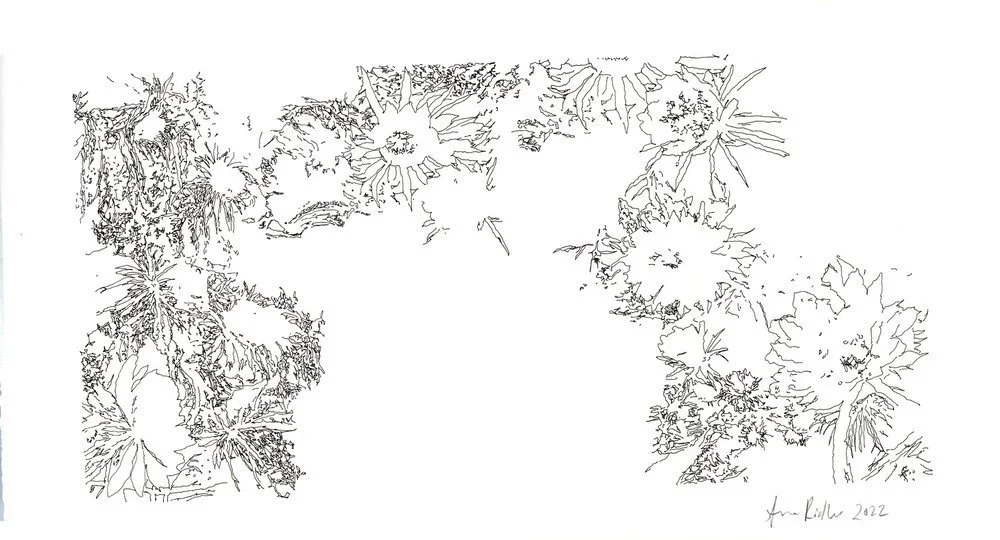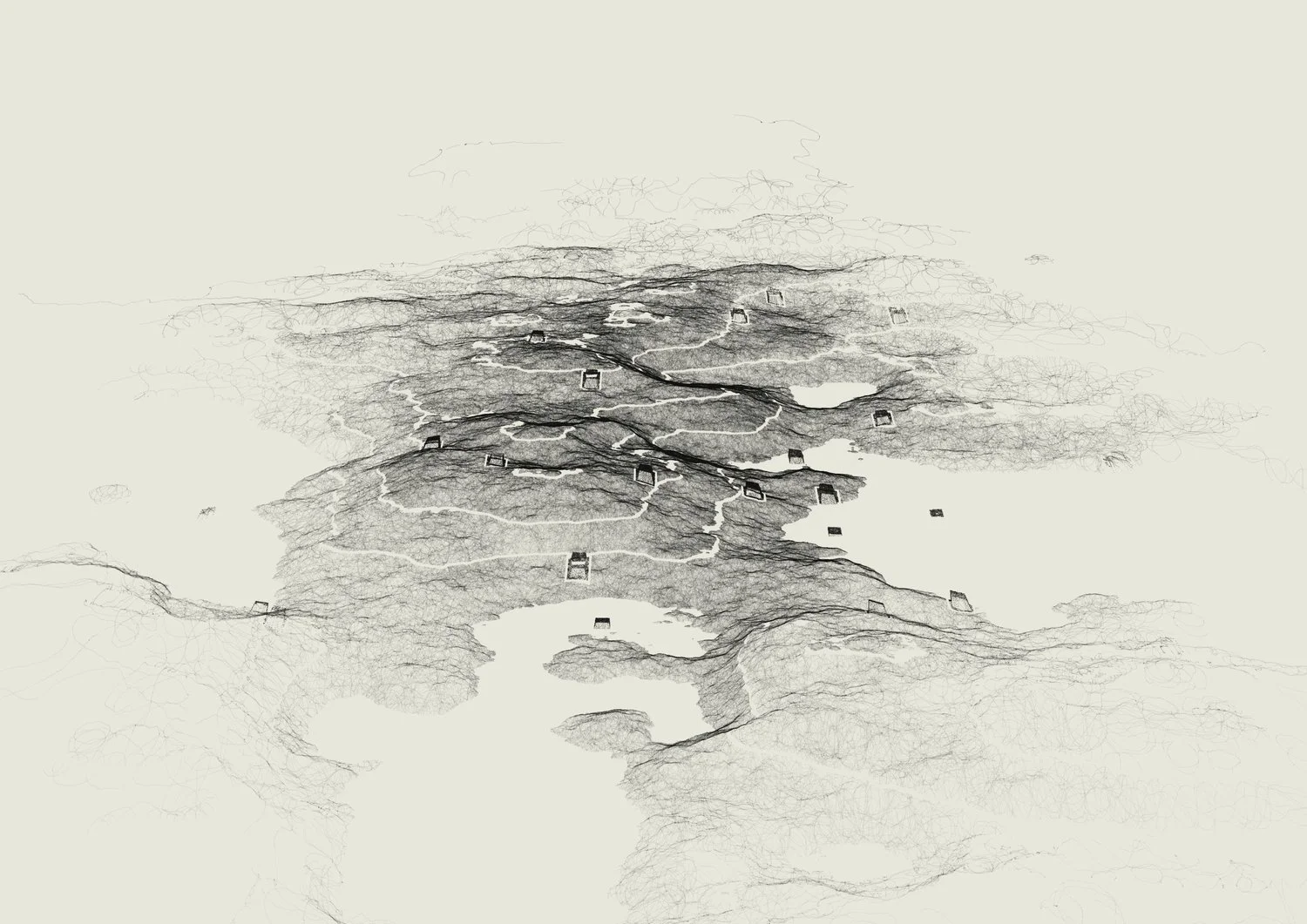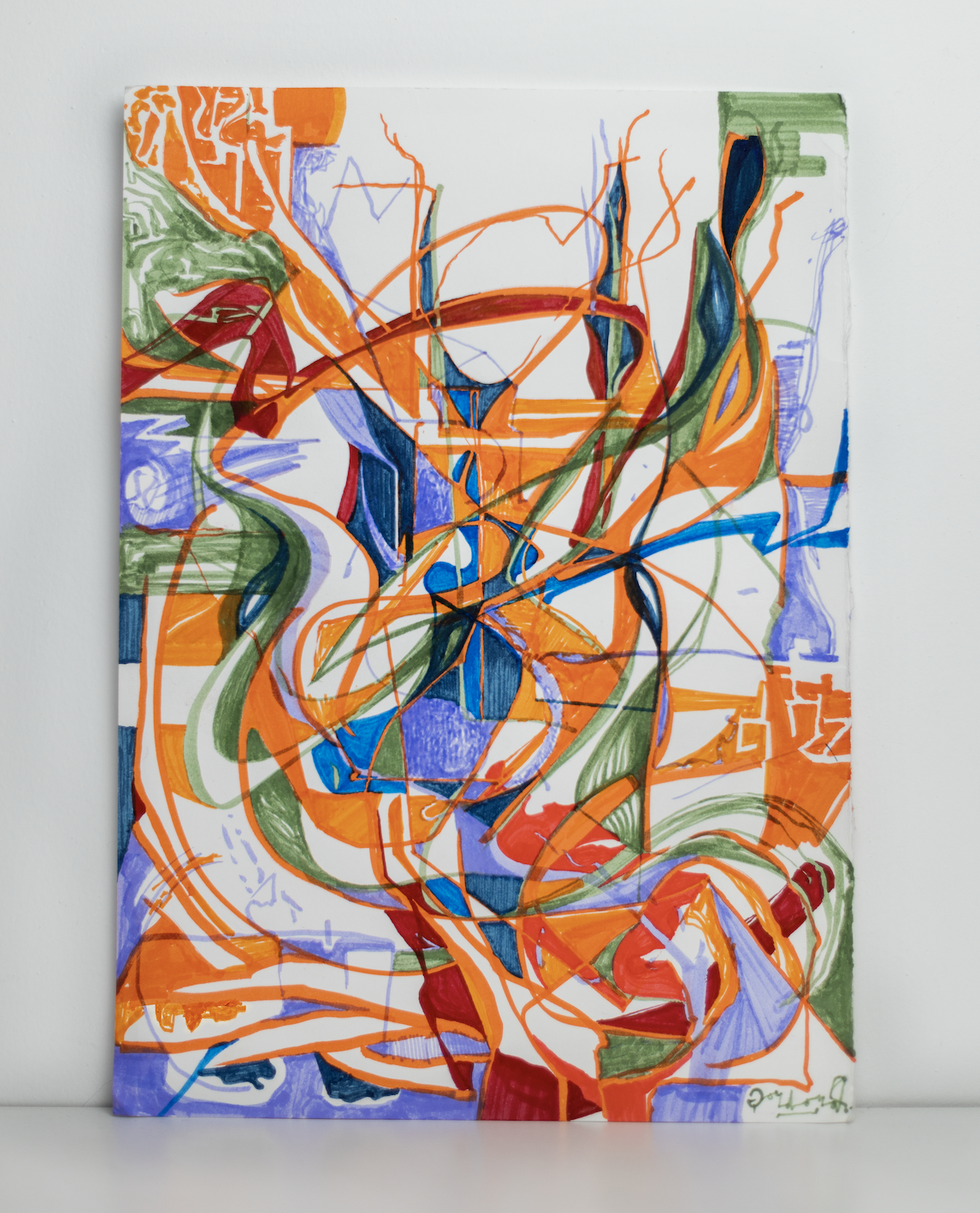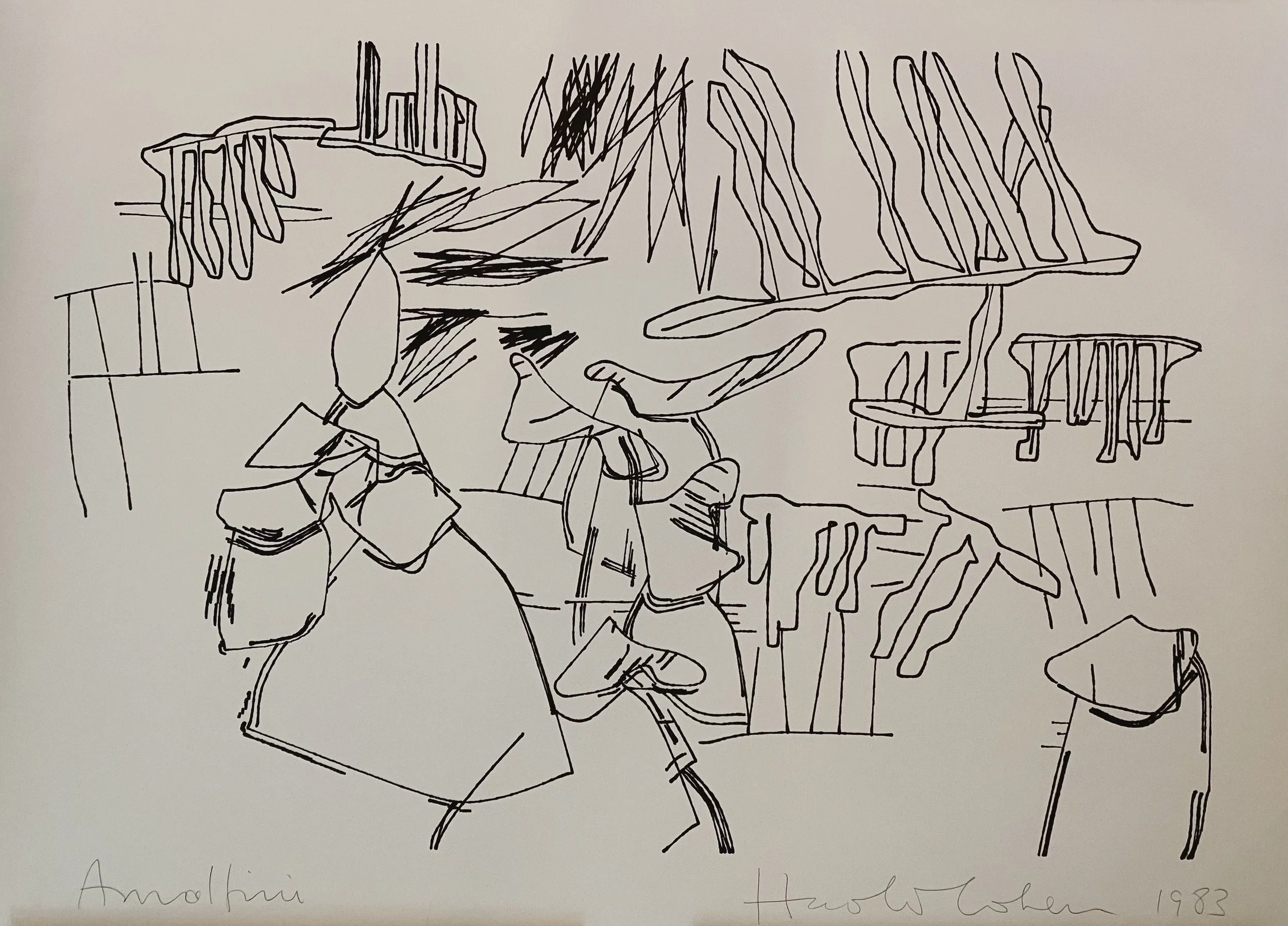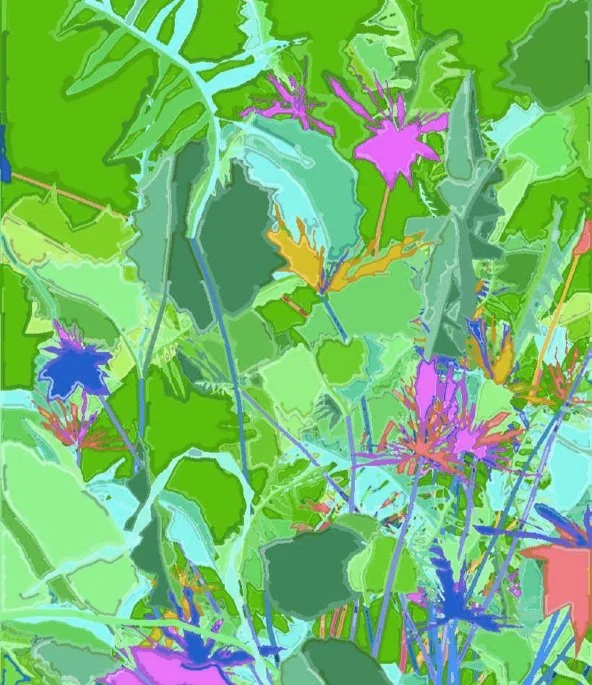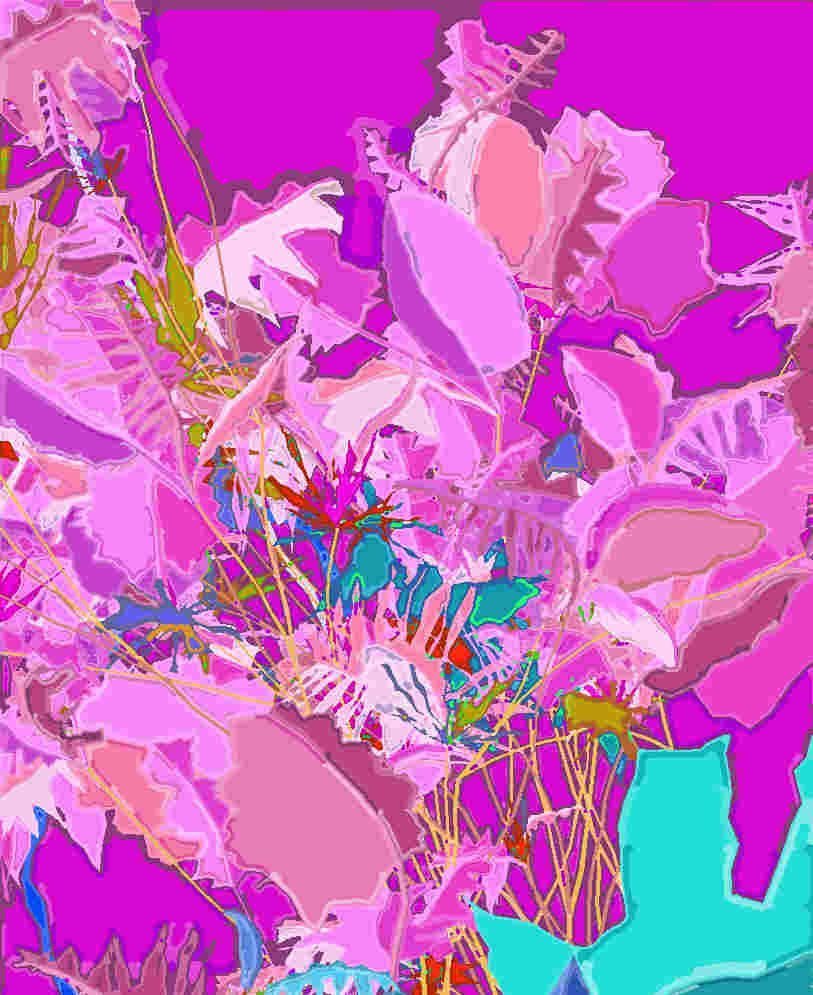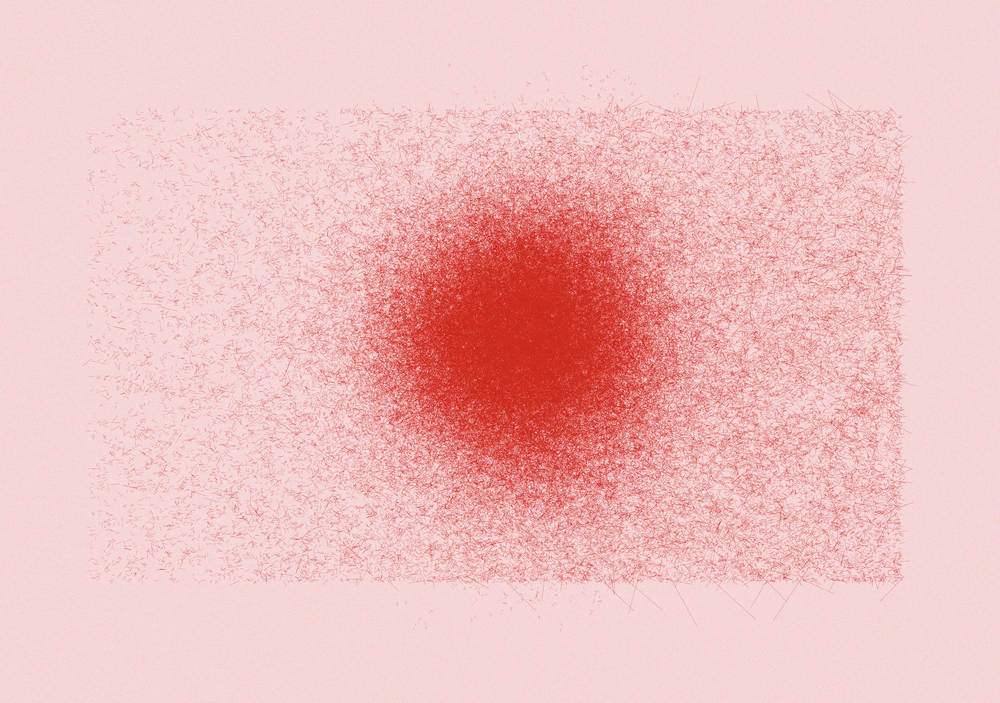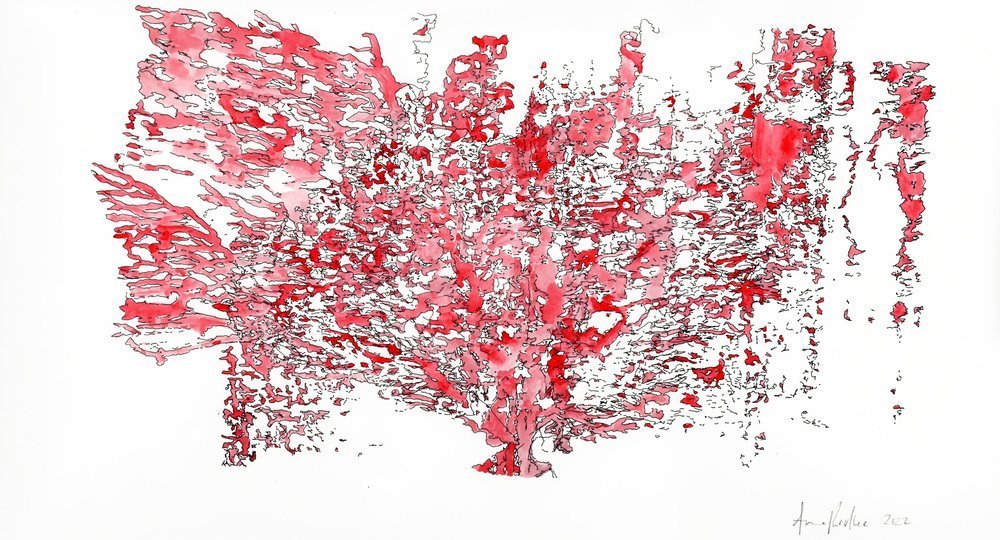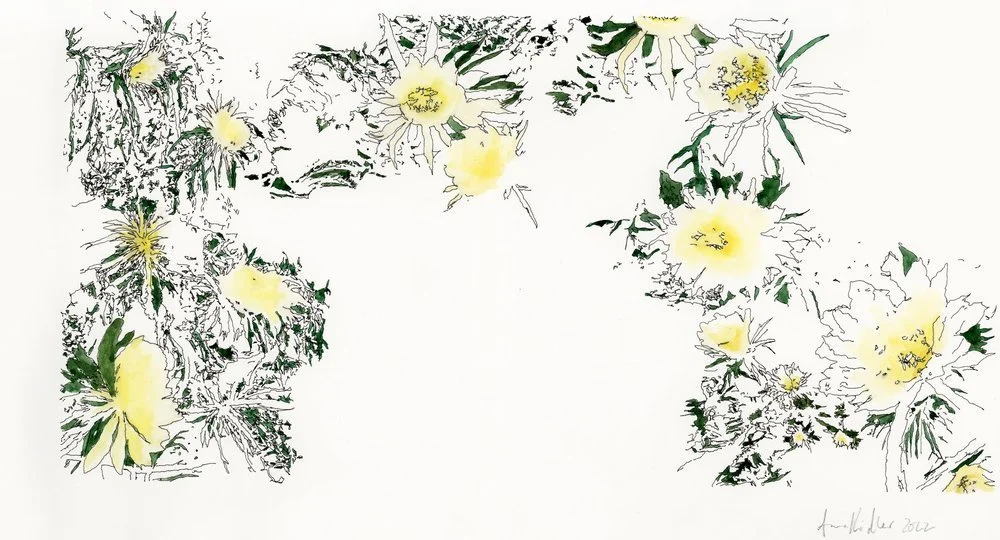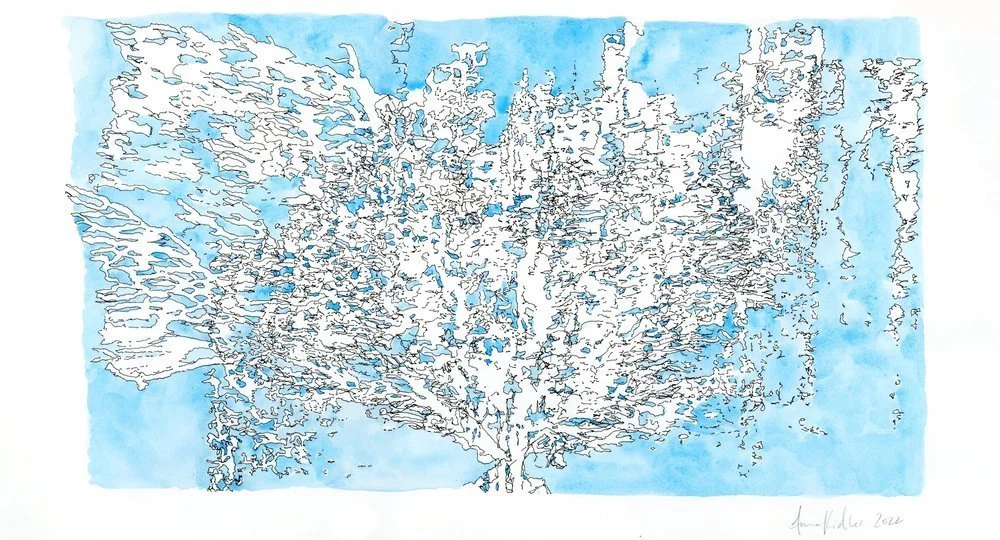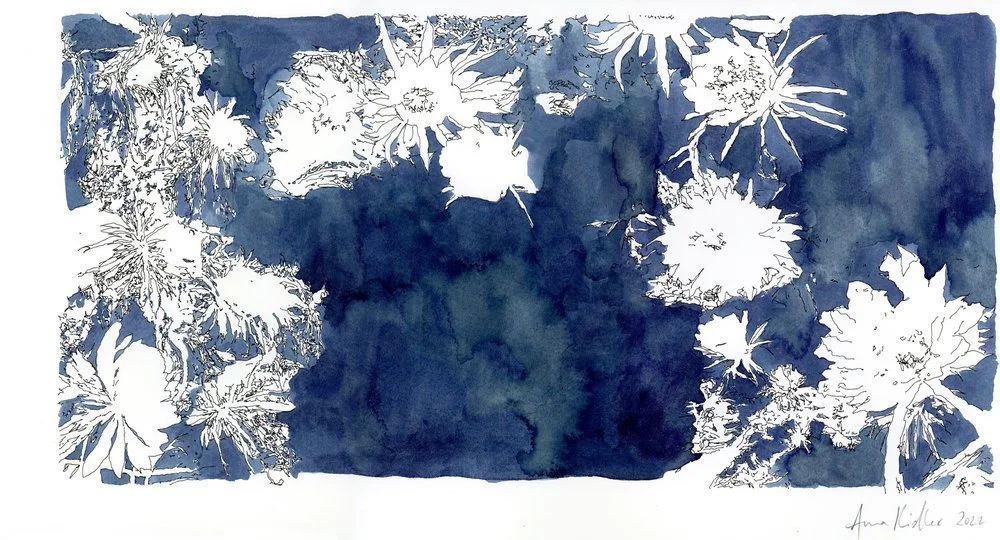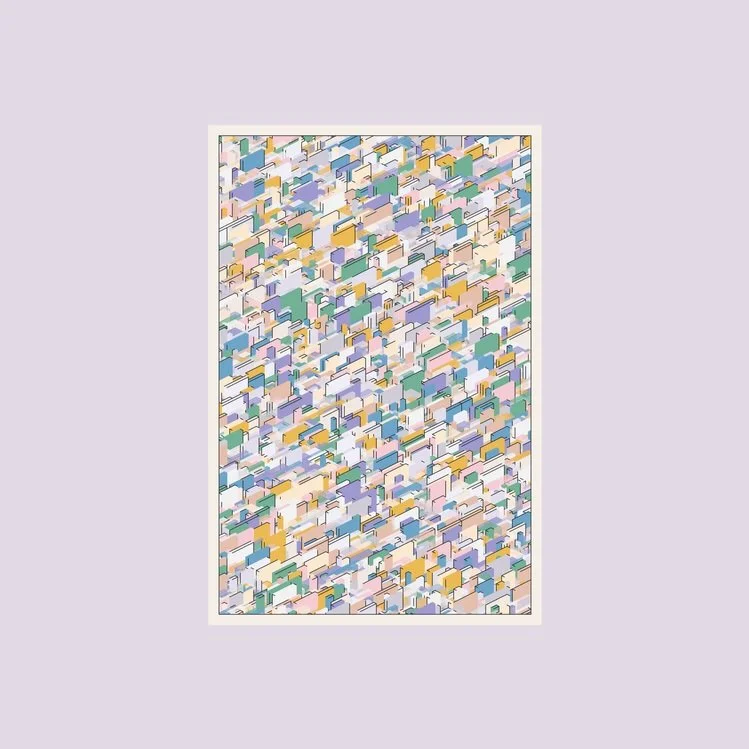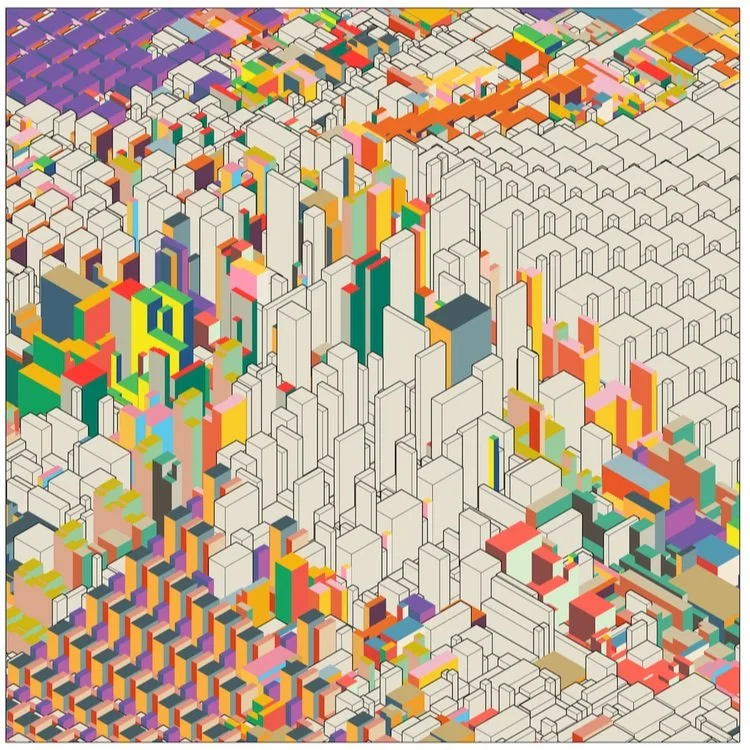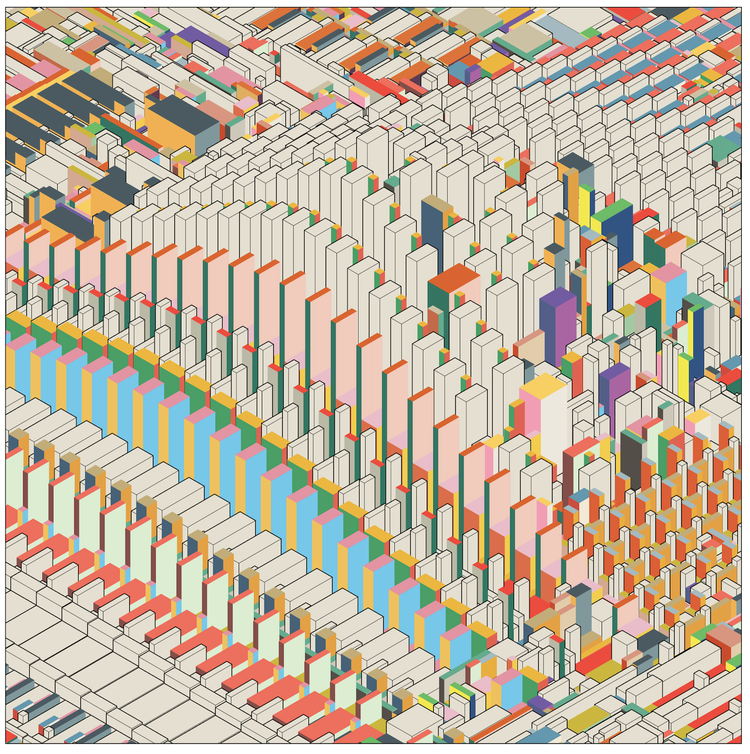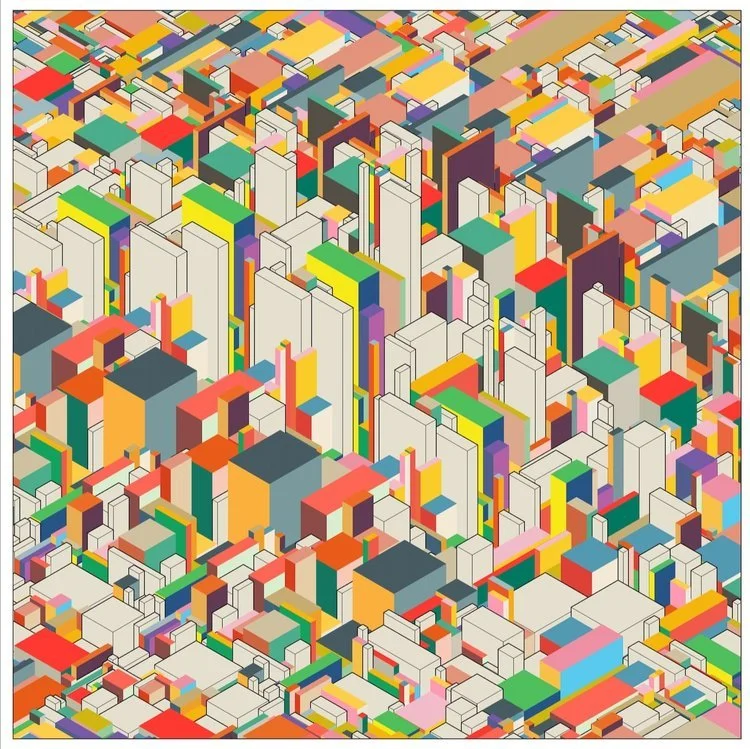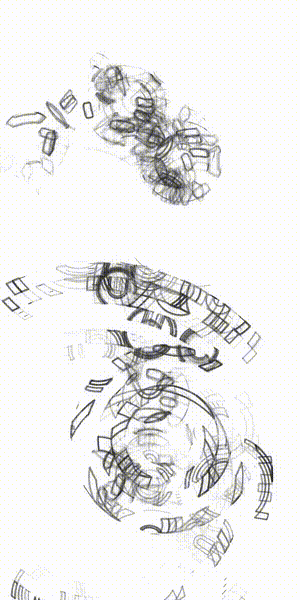PHYGITAL
Physical, digital, generative…
Many have heard the new expression ‘phygital’ in the last couple of years. The hybridity of physical + digital experience got quickly incorporated into our everyday life. This marketing term, first coined by the Australian agency in 2013, is now widely used in various sectors, including art.
Before the end of the 19th century, one can argue, that most of us had only pure physical experiences. With technological and digital innovations based on connectivity between machines through networks and protocols developed at the end of the 20th century (www, HTML etc.), people have begun to communicate and emerge in the online digital space. Recent psychology studies show that our behavior and interaction online & offline differ significantly. Therefore, both are essential as a combination inseparable through which we mediate our worlds, particularly when connecting with art.
Even though it did not happen all at once but has been taking place over decades, a rapture around technology gave a spawn, to so-called, generative art - a rich genre with a fascinating history as computing itself. Through the evolution of tech, generative art has worn many names. Still, the essence is always the attempt to put the machine as the leading creative, study the relationship between humans and technology, and question the role that the machine (device) plays in that relationship.
Despite the polyvalent use of 'machine art’ or mostly known as generative art, the critical conclusion is that the machine can never be taken for granted. The primary principle of generative art is creating the process that generates an artwork from that process. A practice that might be a set of rules, a series of instructions (like ‘instructions’ by one of the conceptual artists Sol Lewitt) carried out by others or by a machine (mechanism - robot Aaron by Harold Cohen), or artworks made using computer software and programming code (like Java, processing, GANs etc). One way or the other, one can say that generative art is always a phygital experience for both the artist and the user.
PHYGITAL exhibition is, above all, an intent to explore important works by generative artists with various implementations, generated by the machine, bit by bit, infusing the pieces with more and more real-world complexity. The exhibition bridges the history of computer art by comparing significant works of pioneers such as Hans Dehlinger and Harold Cohen (machine drawings from the 80s) with contemporary artists, exploring the “aesthetic events” in the sense of Max Bense via generated graphics or by developing the analog means of presenting a digital work, as an actual mechanical display in CTRL_DAT work by Ksawery Kirklewski.
The exhibition took place at www.phygital.codes, a dedicated web-based space created by Kate Vass Galerie, to bring online interaction with the artworks to the fore, where, afterward, physicality (as a sculpture or plotter drawing) of the code adds value to the realism from the inclusion of the texture and materiality to evoke sensory experience. In 2024 all featured art was transferred to the page of katevassgalerie.com
All artworks featured in the show are unique. All contemporary works have digital (NFT) and physical output and are presented and sold as one. We recommend visiting the page through the web browser to enable the whole digital experience.
PARTICIPATING ARTISTS:
Dominikus, Iskra Velitchkova, Gordon Berger, Anna Ridler, Marcelo Soria-Rodríguez, Ksawery Kirklewski, Kjetil Golid, Vebjørn Isaksen, Hans Dehlinger, Harold Cohen
Unity series; Unique NFT + Physical artwork inspired by the NFT + 3D print (Lenticular)
Arnolfini Series, 1983
Untitled # 050106 (Green), 2005
Untitled #050105 (Pink), 2005
# 091208.4 , 2009
# 091208.16, 2009
Outside, Looking in by Dominikus
#1 You from Un-distance series by Iskra Velitchkova
#2 You and me from Un-distance series by Iskra Velitchkova
#3 Us from Un-distance series by Iskra Velitchkova
Truth to Nature Coral II by Anna Ridler
Truth to Nature Flower II by Anna Ridler
Truth to Nature Coral III by Anna Ridler
Truth to Nature Flower III by Anna Ridler
Truth to Nature Coral VI by Anna Ridler
Truth to Nature Flower VI by Anna Ridler
Obstacles by Vebjorn Isaksen
Iterations I by Kjetil Golid
Iterations II by Kjetil Golid
Iterations III by Kjetil Golid
Iterations VI by Kjetil Golid
No Hay Respuestas Slo Hay Decisiones by Marcelo Soria-Rodríguez

